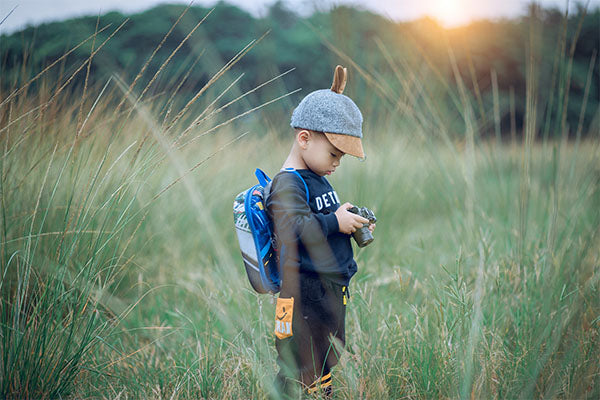What is BPA-Free Material?
BPA, or Bisphenol A, is a chemical commonly used in plastic products. In recent years, research has indicated potential risks associated with BPA, prompting the emergence of BPA-free materials. These materials do not contain Bisphenol A, ensuring that no harmful chemicals are released during usage, making them safer for children.

Why Choose BPA-Free Children's Water Bottles?
Sensitivity in Children: As children's bodies are still developing, they are more sensitive to their surroundings. Opting for BPA-free materials in water bottles can prevent children from exposure to potential chemicals that might negatively impact their health.
Health and Environmental Benefits: BPA-free children's water bottles not only prioritize children's health but also demonstrate parents' responsibility for the environment. These materials are more eco-friendly and contribute to a lighter environmental footprint, making a positive impact on the planet's future.
How to Choose BPA-Free Children's Water Bottles?
Material Selection: Common BPA-free materials include stainless steel, Tritan, and glass. Stainless steel water bottles are durable and have excellent insulation properties. Tritan water bottles are lightweight and resilient, making them suitable for younger children. Glass water bottles are easy to clean and maintain hygiene, and they do not affect the taste of beverages. Choose the material that suits your child's age and preferences.
Appropriate Capacity: Select a water bottle with the right capacity, depending on your child's age and hydration needs. Avoid bottles that are too large or too small, as they may be inconvenient to carry and use.
Choosing BPA-free children's water bottles is a responsible decision for safeguarding children's health. Parents should carefully examine product information and opt for reliable brands to ensure their children are using safe and healthy products. Let's join hands in caring for our children's health and supporting their growth journey.


